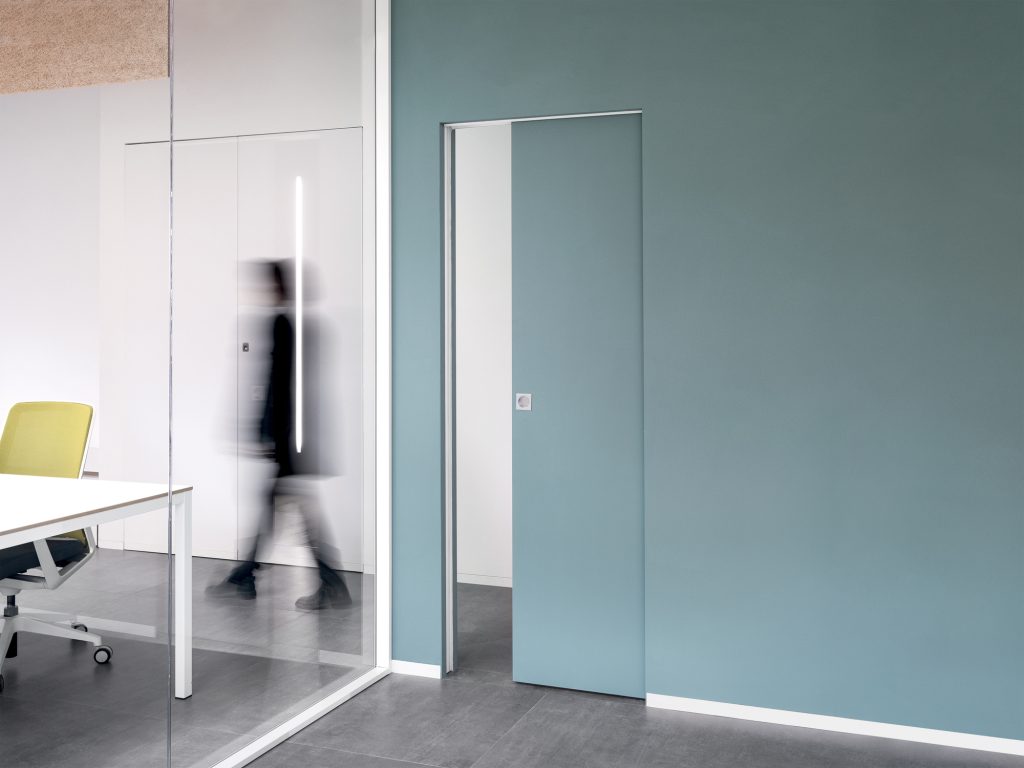Architectural Design Evolution: Merging Functionality with Aesthetic Door Innovations
Architectural design has undergone remarkable transformations over the centuries, with a significant focus on merging functionality and aesthetic appeal. In the realm of door innovations, this evolution has been particularly noteworthy, where both form and function coexist harmoniously, creating doors that not only serve their purpose but also act as key design elements within a structure. The progression of door design has moved from simple barriers to sophisticated pieces of art, capable of making bold statements while still fulfilling practical needs. Historically, doors were primarily functional, designed to provide security, privacy, and protection from the elements. The materials used were often dictated by practicality, such as wood, stone, or metal, depending on the region and available resources. However, as societies evolved and architectural styles diversified, doors began to reflect more than just a basic need for separation; they became symbols of status, identity, and even artistic expression. From grandiose wooden doors of castles and palaces to intricately carved entryways of religious buildings, doors began to showcase craftsmanship and design skills, pushing boundaries of creativity.

As architectural trends progressed into the modern era, there was a greater emphasis on minimalist and clean designs. The rise of modernism led to the creation of doors that were not just about ornate decoration but also about simplicity and function. Materials such as glass, steel, and fiberglass came into play, allowing for larger windows and seamless integration with surrounding environments. These innovations in material science opened up new possibilities for door design, where transparency, lightness, and durability became key features. Sliding doors, bi-folds, and frameless designs were among the innovations that prioritized both space-saving solutions and aesthetic cohesion. Another crucial factor in the evolution of door design has been the increasing demand for energy efficiency. With sustainability at the forefront of modern architecture, doors have undergone transformations that make them more energy-efficient while maintaining their visual appeal and check my site https://homeworlddesign.com/rethinking-accessibility-and-aesthetics-in-architecture-with-the-latest-innovations-from-french-and-sliding-door-suppliers/.
Furthermore, technology has played a transformative role in the development of doors. The incorporation of smart home systems has revolutionized how doors operate, introducing features like biometric scanning, voice activation, and remote access. These technological innovations not only enhance the functionality of doors but also contribute to the overall futuristic design of buildings. The merging of technology with traditional design principles has given rise to doors that offer convenience, security, and enhanced usability, all while seamlessly fitting into the contemporary design language. In conclusion, the evolution of architectural design, particularly in the realm of door innovations, demonstrates a remarkable journey toward blending functionality with aesthetic beauty. What was once a simple, practical object has transformed into a sophisticated element that enhances both the appearance and efficiency of modern spaces.
